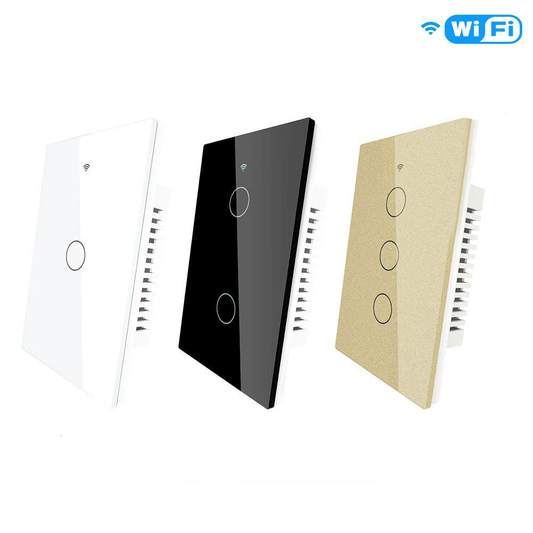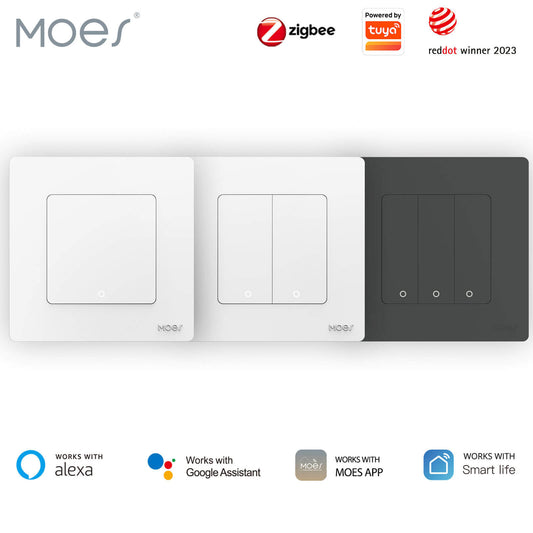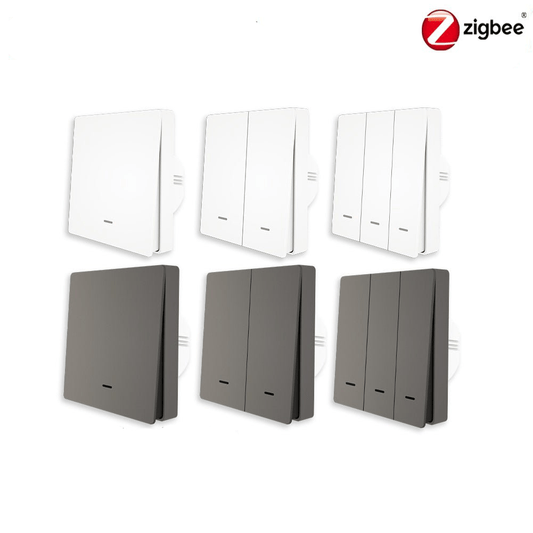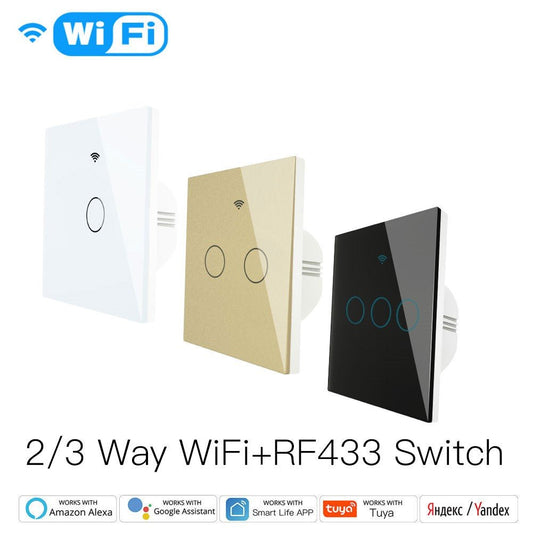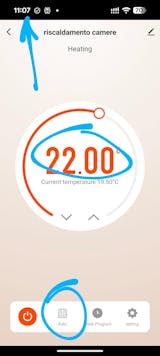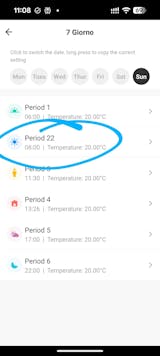In today's world, electronic devices are essential to daily life. We use them for work, entertainment, and communication. However, our gadgets are vulnerable to power surges, which can cause significant damage. One effective way to protect your electronics is by using smart power strips. These devices offer advanced features that go beyond traditional surge protectors. In this article, we will explore how smart power strips protect your electronics from power surges.
Understanding Power Surges
A power surge, also referred to as a voltage spike, occurs when there is a sudden and significant increase in voltage within an electrical circuit. This can happen for several reasons, including lightning strikes, power outages, or when large electrical appliances, such as refrigerators, air conditioners, or heavy machinery, are turned on or off. The excess voltage from a surge can overload your electronic devices, causing short circuits, data loss, or even permanent damage to sensitive components. This can significantly reduce the lifespan or functionality of the affected equipment.

What is a Smart Power Strip?
A smart power strip is an advanced version of a traditional surge protector. It offers both surge protection and additional features aimed at optimizing energy use and enhancing convenience. While traditional power strips simply provide extra outlets for multiple devices, they lack significant protection or smart functionality.
In contrast, smart power strips are equipped with technology that monitors and controls energy usage. So smart power strips can detect when a device is not in use and automatically cutting off power to save energy. This feature also prevents phantom energy drain. Additionally, some smart power strips can be controlled remotely through a smartphone app. You can turn devices on or off from anywhere.
Smart power strips look similar to regular ones but offer wireless connectivity. It enables you to control each individual outlet and the devices connected to them through a smart hub or phone. Many models also offer varying numbers of outlets including USB ports. Anything plugged into a smart power strip will become part of your smart home system and automate tasks like turning off unused devices.

Types of Smart Power Strips
There are several types of smart power strips available, each offering unique features:
- Basic Smart Power Strips: These offer standard surge protection along with energy-saving features. They detect when a device is in standby mode and cut off power to prevent energy waste.
- Wi-Fi-Enabled Power Strips:These power strips connect to your home Wi-Fi network. You can control them remotely via a smartphone app. You can turn devices on or off, schedule power usage, and monitor energy consumption.
- Voice-Controlled Power Strips: These smart power strips work with voice assistants like Alexa, Google Assistant, or Siri. You can use voice commands to control your devices and manage power usage.
- Advanced Energy Monitoring Strips:Some models provide detailed insights into energy consumption. They can show you which devices use the most power and help you adjust usage patterns to save on electricity bills.
How Smart Power Strips Work
Smart power strips work by monitoring the flow of electricity to each connected device. Here's how they protect your electronics from power surges and optimize energy use:
Surge Protection
Like traditional surge protectors, smart power strips are equipped with surge suppression technology. They divert excess voltage away from connected devices during a power surge. This protects sensitive electronics from damage.
Energy Management
Smart power strips use sensors to detect when a device enters standby mode or isn't in use. When they detect inactivity, they automatically cut off power to that device. This prevents phantom energy drain, which occurs when electronics draw small amounts of electricity even when turned off.
Remote Control
Wi-Fi-enabled smart power strips can be controlled via smartphone apps. This allows you to monitor power usage, turn devices on or off remotely, and schedule energy consumption. Some power strips also have smart scheduling features. For example, you can program them to turn off non-essential devices during specific hours.
Master-Control Outlets
Some smart power strips have a "master" outlet feature. When the primary device connected to the master outlet is turned off, the strip will automatically shut down other devices plugged into secondary outlets. For example, if you turn off your computer, the power strip will also turn off peripherals like printers and monitors.
The Benefits of Using Smart Power Strips
There are several advantages to using smart power strips in your home or office:
1. Surge Protection: The primary benefit is protecting your electronics from power surges. By diverting excess voltage away from your devices, smart power strips help prevent damage caused by sudden electrical spikes.
2. Energy Efficiency: Smart power strips automatically cut off power to devices not in use. This reduces phantom energy consumption, helping you save on electricity bills. Over time, this can result in significant energy savings.
3. Convenience: Remote control features make it easier to manage devices. You can turn off appliances with a single tap on your phone or voice command. Scheduling features ensure that non-essential devices are powered off during downtime.
4. Prolonged Device Lifespan: By protecting electronics from power surges and eliminating unnecessary energy usage. Smart power strips help extend the lifespan of your devices.
5. Environmental Impact:Reducing energy consumption through smart power strips contributes to a lower carbon footprint. This small change can have a positive environmental impact over time.

Smart Power Strip Safety Tips
When setting up your smart power strip, following basic safety guidelines is important. This ensures the safe and effective operation of your devices. Each electrical outlet in your home is part of a circuit with a total capacity measured in watts. While adding extra outlets with a power strip can provide more connection points, it doesn't increase your circuit's total capacity. This makes it important to group devices carefully to avoid overloads.
You should investigate which outlets are linked together within a circuit. Knowing this will help you decide which devices can be safely plugged in without exceeding the circuit's capacity. It's also essential to ensure that the devices you connect are within the power strip's own wattage limit. The wattage limit is typically labeled on the strip itself.
To avoid overloading your smart power strip, never use it for high-wattage devices such as hair dryers, microwaves, and air conditioners, as they draw too much power. Avoid daisy-chaining by connecting multiple power strips or extension cords together, which can lead to an electrical overload.
Regular inspection is another important safety measure. Frequently check your power strip for any signs of damage, such as frayed cords or burnt outlets. If you spot any issues, replace the strip immediately. Additionally, ensure that your smart power strip is kept in dry locations and away from water or moisture.
Finally, always plug your smart power strip into a grounded outlet to protect against power surges, and follow the manufacturer's guidelines for proper use. Each model may have specific instructions, so adhering to these will help ensure safe operation and longevity.

Conclusion
Smart power strips provide more than just surge protection. They safeguard electronics while optimizing energy use by reducing phantom energy consumption and preventing power surges. With features like remote control, scheduling, and voice commands, they offer both convenience and efficiency. Incorporating a smart power strip into your home or workspace not only protects your devices but also promotes a more organized and energy-efficient environment.


